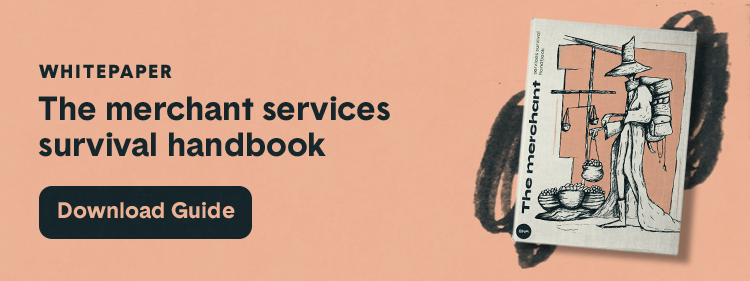When you start accepting credit cards, you inevitably have to start worrying about credit card fraud and chargebacks. If you’re not careful, chargebacks can hurt your bottom line and affect your relationship with credit card providers.
That’s why it pays to know what chargebacks are, what to expect, and why you should avoid them.
What is a chargeback?
Essentially, it’s a transaction reversal that you, as the retailer, must pay for. It’s when a cardholder files a dispute with their bank saying they didn’t make a specific transaction listed on their card statement and asks that the charge be reversed. The credit card provider then goes to you, the retailer, and demands that you make good on the loss. The cardholder is then issued a refund, and you’ve lost out on the transaction amount.
3 types of fraud that can result in a chargeback
A chargeback is issued as a result of either true fraud, friendly fraud, or chargeback fraud.
In the case of true fraud, a person’s credit card is used without authorized access – either their physical credit card or their credit card data has been stolen. Unfortunately, the fraudster used the card data to purchase from your store. When the fraudulent activity is detected, a chargeback is issued, the cardholder is refunded, the card is shut down, and the cardholder is sent a new card with new numbers.
True fraud happens. You’ll no doubt get some chargebacks because of this, especially if you sell online (which is where most causes of true fraud occur).
A chargeback can also be issued because of friendly fraud. “Friendly fraud” is a term used in cases where a cardholder disputes a charge and requests a refund even though fraud isn’t present. In this case, the cardholder DID make the purchase, but they might have forgotten they did so. It’s possible that a family member used the card to make the purchase. Your store name on their credit card statement might even confuse them into thinking it’s a fraudulent purchase when it’s not. There are many reasons why friendly fraud might occur, but none are truly malicious.
And then there’s chargeback fraud...
Chargeback fraud occurs when a cardholder asks for a refund claiming they didn’t make a purchase just to eat their cake and have it too. They’ve received the item and now they want their money back, too. So they claim fraud was committed to get the transaction amount back.
The majority of chargebacks occur due to one of these three types of fraud. Before you get hit with your first chargeback, it pays to know why you might be getting the refund request from the credit card provider.
What to expect when you get a chargeback
If you accept credit cards, then you can bet you’ll get hit with a chargeback at some point or another. When you do, here’s what to expect:
Step 1: The cardholder files a dispute about a transaction by contacting their card issuer.
Step 2: The card issuer reviews the claim and either accepts or rejects it as a valid dispute. If it’s accepted, then the process continues to step 3.
Step 3: The issues gives the cardholder a refund immediately.
Step 4: The bank issues a chargeback to the credit card company requesting the funds.
Step 5: The chargeback is passed on to you, the merchant.
Step 6: You can respond to the chargeback with evidence related to the transaction to prove that fraud wasn’t committed. If you can prove the cardholder made the purchase, you won’t have to pay. You can choose not to respond to the chargeback as well. In this case, the process is completed in favour of the customer.
Step 7: If you provided evidence against the chargeback that proves an invalid chargeback, then the chargeback will be declined and the funds will be returned to your account. If it doesn’t offer enough proof, then the chargeback is deemed valid and the transaction amount stays with the customer.
Chargebacks are costly and should be avoided
There’s a reason that retailers hate chargebacks: They’re expensive!
If you lose during the chargeback process, you not only lose the dollar amount of the transaction, but you also have to pay chargeback fees. You also lose out on the product from the transaction, as well as all associated shopping, ordering, and packaging fees.
Let’s not forget all the time and hassle connected to fighting the chargeback.
And if that weren’t bad enough, chargebacks also hurt your reputation with credit card providers (especially if you get a lot of them). They might charge you higher fees or deem you “high risk” and refuse to do business with you in the future.
Chargebacks are a merchant’s worst enemy and should be avoided.



